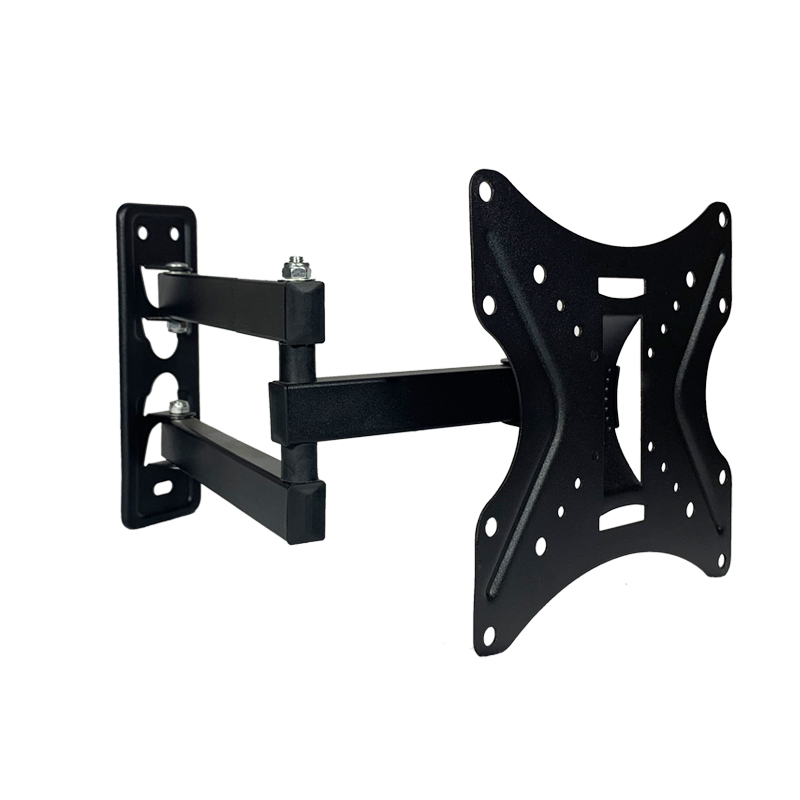Choosing Between Wall Mount and Stand for Your TV Setup Pros and Cons Explained
Choosing Between Wall Mount and Stand for Your TV Setup Pros and Cons Explained
Wall Mount vs. Stand Choosing the Right Option for Your Space
When it comes to arranging your living space, one of the most crucial decisions is how to position your television or monitor. The choice often boils down to two popular options wall mounting and using a stand. Both have their pros and cons, and the right choice will depend on your specific needs, preferences, and the characteristics of your room.
Wall Mounting
Wall mounting involves attaching your TV or monitor directly to the wall using a specialized bracket. This option is favored for various reasons
1. Space Efficiency Wall mounting saves considerable floor space, making it ideal for smaller rooms or apartments. It allows you to keep the floor clear of bulky furniture while giving the illusion of more space.
2. Aesthetically Pleasing A mounted television can create a sleek and modern look. It can be aligned with other wall-mounted items—for example, artwork or shelves—creating a cohesive design. Additionally, cabling can often be hidden within the wall, enhancing the visual appeal.
3. Optimal Viewing Height Wall mounting allows for customized height adjustments, ensuring that the TV is at eye level when you are seated. This can lead to a more comfortable viewing experience.
4. Reduce Neck Strain Wall mounting helps to avoid potential neck strain associated with looking down at a TV on a stand. Proper placement can lead to better posture and overall comfort.
However, wall mounting is not without its drawbacks. Installation can be challenging and often requires tools, expertise, and sometimes professional help. Additionally, once a TV is mounted, moving it can be a more complicated process compared to a stand, which is generally portable.
wall mount or stand

Stand
Television stands are furniture pieces specifically designed to hold TVs or monitors. They also provide additional storage spaces for media devices, consoles, and decorative items. Here are some key advantages of using a stand
1. Ease of Installation Setting up a TV on a stand is typically straightforward—there’s no need for drilling into walls or potentially damaging them. This makes it a more user-friendly option for those who want to avoid the complexities of wall mounting.
2. Flexibility and Mobility If you decide to rearrange your room or move to a different location, a stand is easily transportable. You can adjust the placement of your TV any time you wish, making it a versatile choice.
3. Storage Solutions Many stands come with additional shelves or cabinets, providing an efficient way to organize media devices, DVDs, and gaming consoles. This can help keep your entertainment area tidy and organized.
4. Variety of Styles TV stands come in a wide range of designs, materials, and sizes, allowing homeowners to select a piece that fits their décor perfectly. Whether you prefer modern minimalism or classic wood finishes, there are options to complement any aesthetic.
On the downside, stands can consume considerable floor space, which may not be ideal for smaller rooms. Additionally, they may not offer the same level of aesthetic appeal as a mounted television, especially if the stand is bulky or unattractive.
Conclusion
Ultimately, the decision between wall mounting and using a stand depends on your specific circumstances. Consider the size and layout of your room, your design preferences, and the level of convenience you desire. Wall mounts offer a sleek, space-saving solution, while stands provide flexibility and storage options. By evaluating these factors, you can find the perfect solution to enhance your viewing experience and complement your living space. Regardless of your choice, creating an enjoyable and comfortable area for entertainment is what matters most.
-
Reliable Tilt TV Mount Company & Manufacturer, Factory Price & ServiceNewsJul.29,2025
-
Installing TV Wall Mount in Apartment for Secure and Sleek SetupNewsJul.29,2025
-
High-Quality Tilt TV Mount Exporters for Secure InstallationNewsJul.29,2025
-
Professional Tilt TV Mount Company & Manufacturer, Competitive PricelistNewsJul.28,2025
-
Top Tilt TV Mount Exporters: Quality Manufacturer & Competitive PricingNewsJul.28,2025
-
Premium Tilt TV Mount Exporters & Manufacturers - Competitive PricesNewsJul.27,2025
